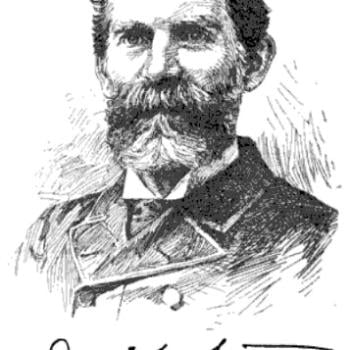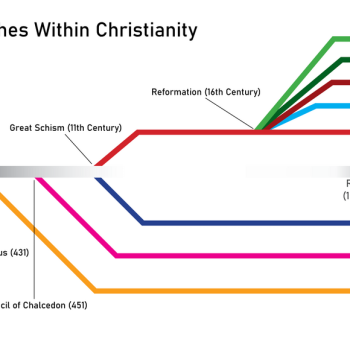
I just got back from Concordia University Chicago (formerly known as Concordia River Forest). The new president, Dr. Daniel Gard, seems to be doing some good work with that institution. The bulletin from the chapel service (Morning Prayer from the Lutheran Service Book), had this quotation on the cover on the nature of God’s forgiveness.
It’s from Robert Farrar Capon discussing “absolution.” Capon was an Anglican. What he says also fits, it seems to me, the Lutheran understanding of the concept. Catholics, maybe, but their absolution, as I understand it, is “conditional,” requiring penance and good works. In Lutheran worship, we confess our sins at the beginning of the Divine Service and then we hear the pastor’s words of absolution. We can also confess our sin to the pastor and receive absolution personally. (See this explanation.) Other Christians can similarly receive God’s forgiveness when they repent of their sins, confess them to Him, and know that they are forgiven by faith in His Word of the Gospel.
From Kingdom, Grace, Judgment: Paradox, Outrage, and Vindication in the Parables of Jesus p. 39:
[Absolution] “is neither a response to a suitably worthy confession, nor the acceptance of a reasonable apology. Absolvere in Latin means not only to loosen, to free, to acquit; it also means to dispose of, to complete, to finish. When God pardons, therefore, he does not say he understands our weakness or makes allowances for our errors; rather he disposes of, he finishes with, the whole of our dead life and raises us up with a new one. He does not so much deal with our derelictions as he does drop them down the black hole of Jesus’ death. He forgets our sins in the darkness of the tomb. He remembers our iniquities no more in the oblivion of Jesus’ expiration. He finds us, in short, in the desert of death, not in the garden of improvement; and in the power of Jesus’ resurrection, he puts us on his shoulders rejoicing and brings us home.”
Speaking of Christ’s atoning death as a “black hole” is a good example of using a new metaphor, based on contemporary physics, to communicate and explore an ancient theological truth.
Illustration, Black Hole, by Fulviomelia – Computer simulation. Previously published: The Astrophysical Journal Letters, Vol 555, p. L83 (doi:10.1086/322862), CC BY-SA 4.0, https://en.wikipedia.org/w/index.php?curid=51411990
HT: Thin-Worn Image














